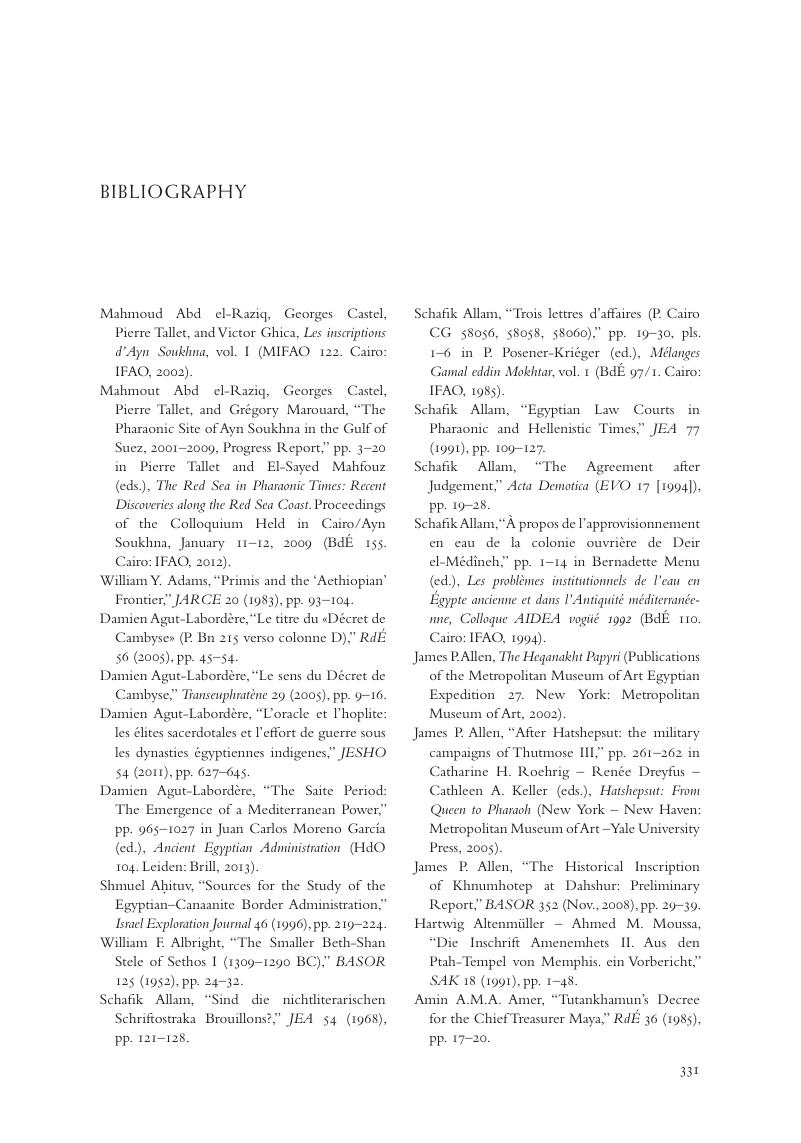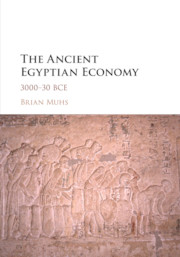Book contents
- The Ancient Egyptian Economy
- The Ancient Egyptian Economy
- Copyright page
- Contents
- Book part
- Glossary
- Introduction
- One The Early Dynastic Period (c. 3000–2686 BCE)
- Two The Old Kingdom and the First Intermediate Period (c. 2686–2025 BCE)
- Three The Middle Kingdom and the Second Intermediate Period (c. 2025–1550 BCE)
- Four The New Kingdom (c. 1550–1069 BCE)
- Five The Third Intermediate Period (c. 1069–664 BCE)
- Six The Saite and Persian Periods (664–332 BCE)
- Seven The Ptolemaic Period (332–30 BCE)
- Conclusion
- Notes
- Bibliography
- Source Index
- Subject Index
- References
Bibliography
Published online by Cambridge University Press: 05 July 2016
- The Ancient Egyptian Economy
- The Ancient Egyptian Economy
- Copyright page
- Contents
- Book part
- Glossary
- Introduction
- One The Early Dynastic Period (c. 3000–2686 BCE)
- Two The Old Kingdom and the First Intermediate Period (c. 2686–2025 BCE)
- Three The Middle Kingdom and the Second Intermediate Period (c. 2025–1550 BCE)
- Four The New Kingdom (c. 1550–1069 BCE)
- Five The Third Intermediate Period (c. 1069–664 BCE)
- Six The Saite and Persian Periods (664–332 BCE)
- Seven The Ptolemaic Period (332–30 BCE)
- Conclusion
- Notes
- Bibliography
- Source Index
- Subject Index
- References
Summary

- Type
- Chapter
- Information
- The Ancient Egyptian Economy3000–30 BCE, pp. 331 - 362Publisher: Cambridge University PressPrint publication year: 2016



